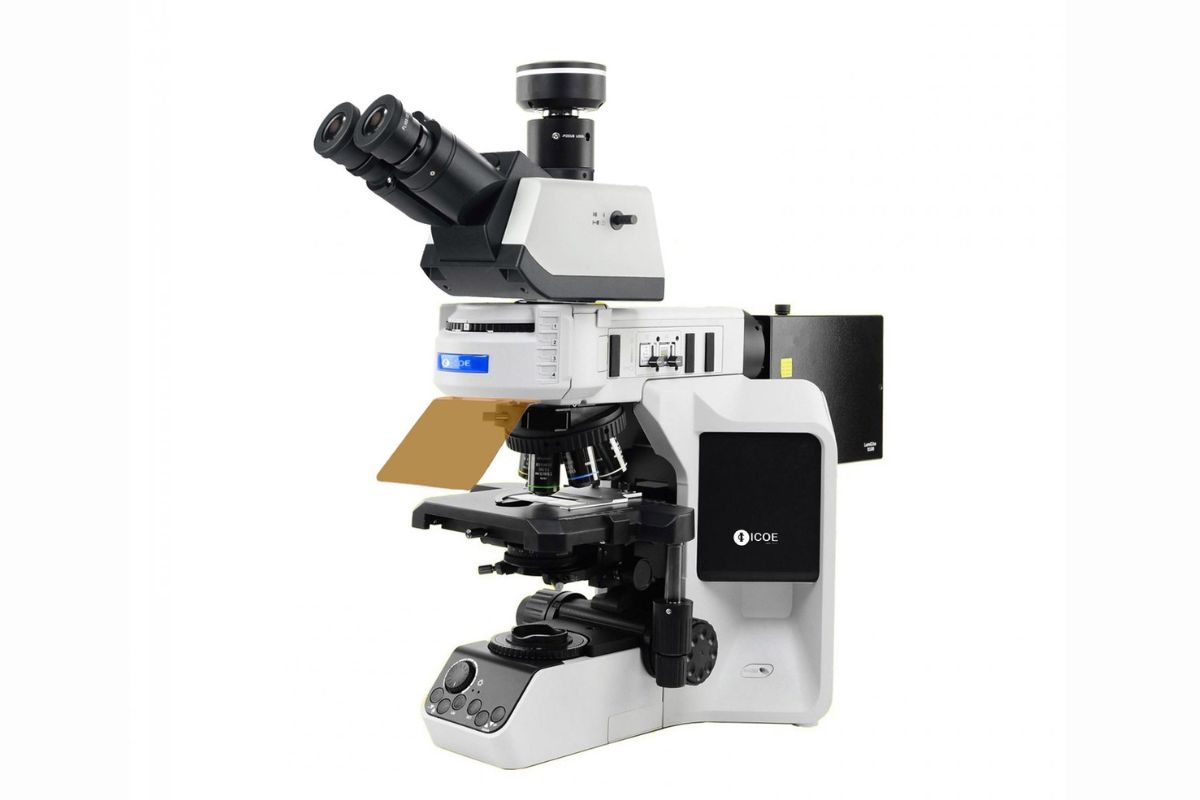
Fluorescence in situ hybridization (FISH) imaging system is a powerful technique used to detect and locate specific DNA sequences on chromosomes. But what makes FISH so special? This method uses fluorescent probes that bind to only those parts of the chromosome with a high degree of sequence complementarity. Why is this important? It allows scientists to visualize genetic material in a way that was previously impossible, helping in diagnosing genetic disorders, identifying pathogens, and even in cancer research. Want to know more? Here are 27 fascinating facts about the FISH imaging system that will illuminate its significance and applications in modern science.
What is Fluorescence in situ Hybridization (FISH)?
Fluorescence in situ hybridization, or FISH, is a powerful technique used in molecular biology to detect and locate specific DNA sequences on chromosomes. This method employs fluorescent probes that bind to only those parts of the chromosome with a high degree of sequence complementarity.
- FISH is used to identify the presence or absence of specific DNA sequences on chromosomes.
- Fluorescent probes are designed to bind to specific DNA sequences, making them visible under a fluorescence microscope.
- FISH can be used to detect genetic abnormalities, such as deletions, duplications, and translocations.
- This technique is often used in cancer research to identify chromosomal abnormalities in tumor cells.
- FISH can also be used in prenatal diagnosis to detect genetic disorders in fetuses.
How Does FISH Work?
Understanding the mechanics behind FISH can help appreciate its applications in research and diagnostics. The process involves several steps that ensure the accuracy and specificity of the results.
- Sample preparation involves fixing cells on a slide and treating them to make the DNA accessible to probes.
- Denaturation is a crucial step where the double-stranded DNA is separated into single strands.
- Hybridization occurs when the fluorescent probes bind to their complementary DNA sequences.
- Washing removes any unbound probes, ensuring that only specific bindings are visible.
- Visualization is done using a fluorescence microscope, which allows researchers to see the fluorescent signals.
Applications of FISH in Medical Diagnostics
FISH has a wide range of applications in medical diagnostics, making it an invaluable tool for detecting genetic abnormalities and diseases.
- Cancer diagnosis often employs FISH to identify specific chromosomal abnormalities in tumor cells.
- Prenatal testing uses FISH to detect genetic disorders such as Down syndrome, Edwards syndrome, and Patau syndrome.
- Infectious disease diagnosis can benefit from FISH by identifying specific bacterial or viral DNA in clinical samples.
- Genetic counseling uses FISH to provide information about genetic risks to prospective parents.
- Hematology employs FISH to detect chromosomal abnormalities in blood disorders like leukemia and lymphoma.
Advantages of Using FISH
FISH offers several advantages over other genetic testing methods, making it a preferred choice in many laboratories.
- High specificity ensures that only the target DNA sequences are detected.
- Rapid results can be obtained within 24-48 hours, making it suitable for urgent diagnostic needs.
- Versatility allows FISH to be used on various sample types, including tissue sections, blood smears, and cell cultures.
- Quantitative analysis is possible, providing information about the number of copies of a specific DNA sequence.
- Multiplexing allows multiple probes to be used simultaneously, enabling the detection of several genetic abnormalities in one test.
Limitations of FISH
Despite its many advantages, FISH has some limitations that researchers and clinicians need to consider.
- Cost can be high due to the need for specialized equipment and fluorescent probes.
- Technical expertise is required to perform the procedure and interpret the results accurately.
- Resolution is limited to detecting larger genetic abnormalities; smaller mutations may go undetected.
- Sample quality can affect the accuracy of the results, requiring well-preserved and properly prepared samples.
- Probe design can be complex, requiring careful planning to ensure specificity and sensitivity.
Future of FISH Technology
The future of FISH technology looks promising, with ongoing advancements aimed at improving its accuracy, speed, and range of applications.
- Automated systems are being developed to streamline the FISH process and reduce the need for manual intervention.
- Advanced probes are being designed to increase the sensitivity and specificity of FISH, enabling the detection of smaller genetic abnormalities.
Final Thoughts on FISH Imaging
Fluorescence in situ hybridization (FISH) imaging is a powerful tool in genetics and molecular biology. It allows scientists to visualize and map the genetic material in cells, providing crucial insights into genetic disorders, cancers, and other diseases. FISH imaging stands out for its precision and ability to detect specific DNA sequences, making it invaluable for diagnosing conditions and guiding treatment plans.
Understanding the basics of FISH imaging can help appreciate its impact on medical research and patient care. From identifying chromosomal abnormalities to aiding in personalized medicine, FISH imaging continues to revolutionize the field. As technology advances, the applications of FISH imaging will likely expand, offering even more detailed and accurate genetic information.
Stay curious and keep exploring the fascinating world of genetics. The future holds exciting possibilities, and FISH imaging will undoubtedly play a significant role in shaping it.
Was this page helpful?
Our commitment to delivering trustworthy and engaging content is at the heart of what we do. Each fact on our site is contributed by real users like you, bringing a wealth of diverse insights and information. To ensure the highest standards of accuracy and reliability, our dedicated editors meticulously review each submission. This process guarantees that the facts we share are not only fascinating but also credible. Trust in our commitment to quality and authenticity as you explore and learn with us.
